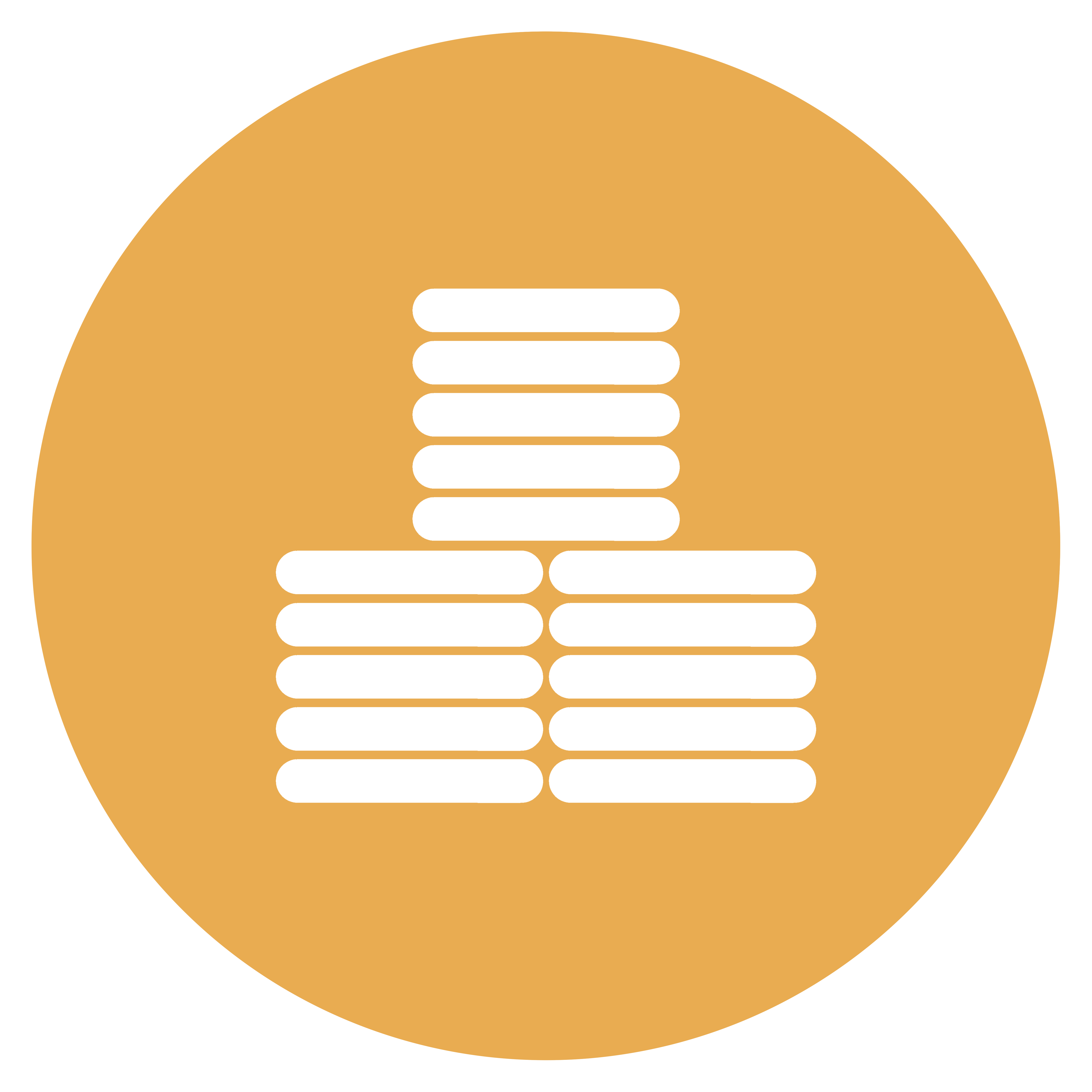Our goal is to deliver a continuous increase in the efficiency of water used for cotton irrigation, within sustainable river systems and the limits of the cotton plant itself. Using technology and science, Australian cotton farmers carefully measure and manage the amount of water applied to their cotton crops, using less water to efficiently grow more cotton fibre.
Pesticides (including insecticides and herbicides) are part of a cotton grower's pest control toolbox called Integrated Pest Management (IPM). IPM allows a farmer to choose the tool that best controls pests with the least risk to human and environmental health. Our goal is minimal pesticide use that supports optimal crop production with no negative impact on human and environmental health.
With the world's population forecast to increase to 9.7 billion in 2050, farmers all around the world will need to sustainably produce more food and fibre with the same or fewer resources. Australian cotton farmers lead the world in land-use efficiency for cotton, and our goal is to continue to sustainably grow more cotton fibre, by continuing to improve yield.
Biodiversity provides services to cotton farmers including natural pest control and pollination, erosion control, carbon storage and sequestration and enhanced water retention. To achieve our goal of improving biodiversity condition on farms and across the cotton landscape, we're taking a science based approach, targeting individual actions within regional plans for greater impact.
Our ambition is to contribute to the Paris Agreement's aim of a climate neutral world, by reducing emissions and sequestering carbon in our soils and native vegetation. While more research is being done, our focus for now is to improve nitrogen use efficiency, reduce energy emissions from fuel and electricity and increase carbon sequestration and storage on farms.
Diversity is a relatively new focus area for Australian cotton, with targets and indicators being set for gender, age and cultural background as well as safety and workforce skills. Actively increasing the participation of people from all backgrounds will not only provide depth and opportunity but help the cotton industry meet the challenge of attracting and retaining our future workforce.
The wellbeing of individuals and communities is the sum of many complex factors, some that the Australian cotton industry can influence to a degree, and many which are outside its control. The industry plans to work with stakeholders across cotton growing communities to understand what drives wellbeing and what can be done to collaboratively improve it.
The modern Australian cotton industry was established in the 1960s and has evolved alongside the hundreds of regional communities and jobs it supports. As we embrace the agricultural technology revolution and the changing nature of work, we're focused on the people and skills needed in a future disrupted by natural capital constraints and a changing climate.
The greatest limitation for cotton production is the availability of water, with farmers choosing which summer crop to grow based on a number of considerations at the start of each season. The size of the Australian cotton crop depends on factors including the price of cotton and other commodities and available water, which are used to develop these estimates.
Cotton in Australia is currently grown in 18 regions across four states and territories, with the main production areas being central and southern Queensland and northern, central and southern NSW. The size and scale of production has increased over time, alongside improvements in yield and quality as new varieties, technology and management practices were introduced.
Farmers have sought to increase crop yields for thousands of years. The Australian cotton industry invests heavily in research to increase yields, and works with cotton growers to adopt new technologies. Our goal is to sustainably grow more cotton fibre per area of land, within the bounds of other sustainability targets and with no detrimental effects on quality.
The myBMP (Best Management Practices) program is the Australian cotton industry's certification standard, designed to transition cotton farmers to more sustainable practices. While physical myBMP cotton is not generally available to the market, myBMP certified growers can opt to trade their cotton as Better Cotton, which now makes up about 20% of the world's cotton.
Contributing significantly to Australia’s export earnings, cotton as a product is one of the country’s most important agricultural commodities. Australia's cotton farmers are economically sustainable, allowing them to reinvest in their farms, the economy and the local community. Price is set by the world market which is dependent on a number of factors including the state of the world economy, agricultural politics, fashion trends, synthetic fibre price, weather, natural disasters and cotton supply and demand.
Contributing significantly to Australia's export earnings, cotton is one of the country's most important agricultural commodities. Australia produces very high quality cotton, sought after by markets throughout the world. Our farmers work hard to maximise fibre quality, using state-of-the-art harvesting and ginning technology that delivers a superior product to supply chain customers. Every Australian cotton bale is graded using state of the art machinery, with this data attached to the bale’s identification code.
Contributing significantly to Australia's export earnings, cotton is one of the country's most important agricultural commodities. Australia produces very high quality cotton, sought after by markets throughout the world. Our farmers work hard to maximise fibre quality, using state-of-the-art harvesting and ginning technology that delivers a superior product to supply chain customers.
The success of the Australian cotton industry is in no small part due to the commitment of the industry to its science. Through the industry's investment in and adoption of research, development and extension (RD&E), delivered on behalf of the industry by the Cotton Research and Development Corporation, it has been able to grow sustainably and also deal with some of its biggest challenges. The profitability, sustainability and competitiveness of the industry are underpinned by its ability to continually adopt emerging science, adapt technologies and improve its practices.
Each year Australia's Cotton Research and Development Corporation conducts a survey of Australia's cotton growers to assess practice change and perceptions of current issues. New practices, technology and innovation are quickly adopted by the Australian cotton industry, underpinned by proven science and the myBMP Best Management Practices program.









